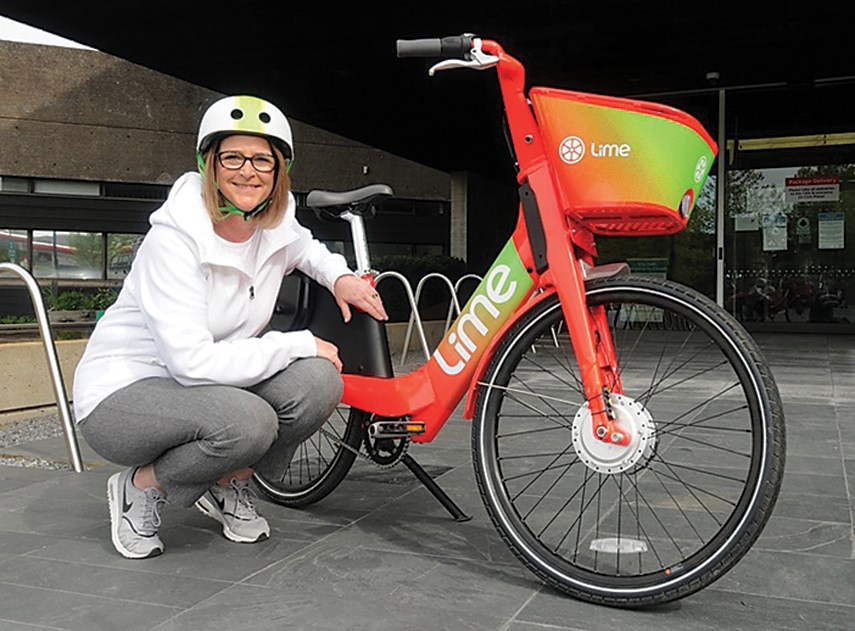The City of North Vancouver is powering ahead with a major overhaul of its transportation policy.
The city’s new mobility strategy, which was unanimously endorsed by council on Monday of last week (April 11), aims to improve transportation options and get people using their vehicles for fewer trips.
The finalized strategy, an update to the previous one done in 2008, is a high-level plan intended to guide council’s decisions for maintaining and improving the city’s transportation network over the next decade. Currently, approximately 70 per cent of trips made by city residents are in vehicles.
City transportation planning manager Andrew Devlin told council the new strategy presents a vision for “healthy streets that work for everyone,” adding it represents and reflects the diverse array of needs that the transportation system needs.
“This vision of Healthy Streets that work for everyone is supported by four goals and a series of measurable targets that we will use to ensure we are talking in the right direction,” Devlin explained. “The mobility strategy proposes that by 2030 we want to have 50 per cent of our trips being made by walking, by bike, by transit, or other shared modes; zero serious injuries or fatalities on our streets; and a 45 per cent reduction in travel related emissions, below 2010 levels.”
The endorsed strategy includes over 100 actions, which Devlin said are specific steps, investments and initiatives the city will undertake.
These actions include:
- completing sidewalk and mobility lane networks that work for people of all ages and abilities, and adding amenities like benches, secure bicycle parking, weather protection, and washrooms to make them more enticing;
- introducing more bus-only lanes and working with TransLink to ensure all city residents and businesses are within a short walk of frequent transit service;
- encouraging more car-share services and carpooling;
- supporting schools in getting kids to walk or roll to class (including new rules for pickup and drop-off for parents driving their kids to school), and
- making streets safer for vulnerable road users where conflicts are most likely to occur through better design and infrastructure.
During the second round of public consultation over the winter, Devlin said the city received 750 survey responses, and held 50 meetings with city stakeholders. During these consultations, the city heard that the expanding traffic congestion across the North Shore is making streets less safe, less reliable, neighbourhoods less livable and businesses less competitive.
“We are in the middle of a growing region. … Alternative ways of mobility have not kept up with the demand. We cannot build our way out of congestion, and the issues that it brings, with more traffic lanes. Cities the world over have shown that in the long run, these kinds of actions resulted in more driving and increasing congestion over time,” he said.
Mayor Linda Buchanan said that there’s “not one of us” who aren’t personally frustrated by the congestion and noted that she hears from the community about the issues almost every day.
“This strategy is foundational to us. We talked about the four strategies with this mobility strategy, is cornerstone to continuing to build the city for people, and really to address some of the really large challenges that we have in front of us,” she said.
Buchanan said the city wants people to be moving as efficiently as possible, and it is a priority “that we all share,” whether it’s moving through the city or coming from elsewhere into the city.
“But for too long our cities have been designed for cars. And we hear very often from people about their frustration, we hear about [their] priority around the climate, and so we want to be making sure that we are being able to implement this, and I know it's a decade long implementation plan,” she said. “So the communication piece for me is foundational and fundamental, in terms of making sure that people are truly understanding that we're not trying to make people's lives even more frustrating. We're actually trying to make it better and address those big challenges that we have.”

.jpg;w=120;h=80;mode=crop)

